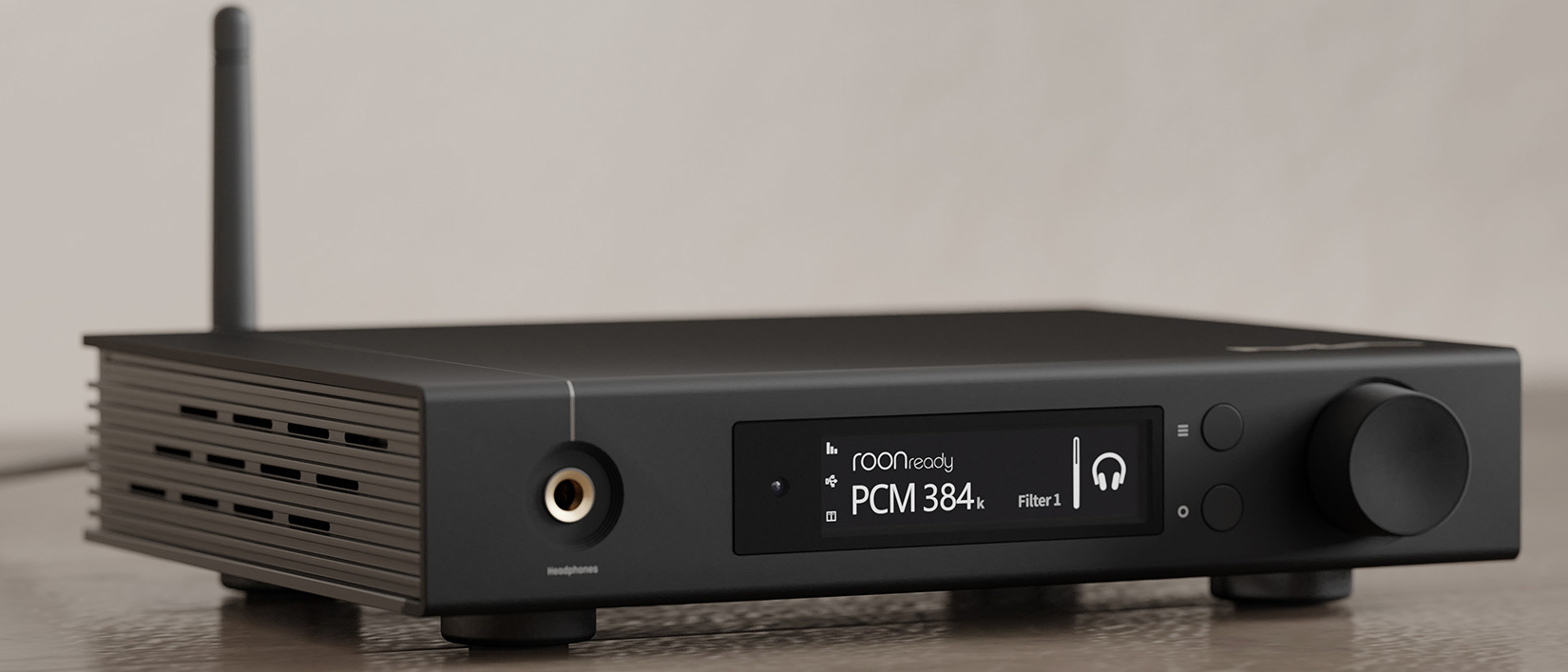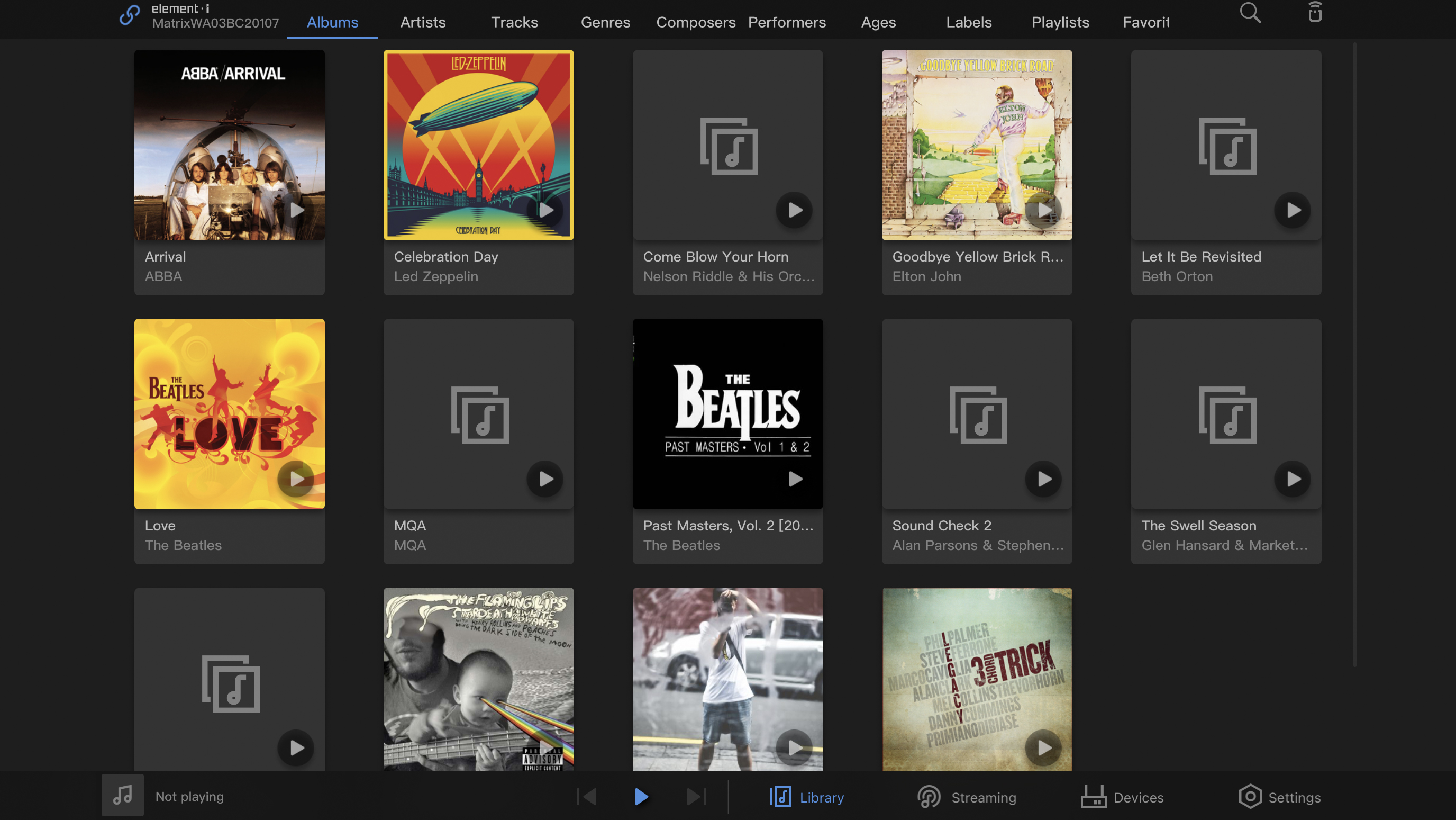Sound+Image Verdict
Although it's not without its problems – a spartan app and lack of Bluetooth support among them – the Element i streaming box from Matrix Audio offers superb audio quality for its price, and that it doubles as a DAC and digital preamp makes it all the more enticing.
Pros
- +
Excellent audio performance
- +
Compact and tidy design
- +
Roon Ready & AirPlay
- +
Also operates as digital preamp...
- +
...and a headphone amp...
Cons
- -
Lack of Bluetooth
- -
DLNA only via third-party apps
- -
Spartan app when setting up
Why you can trust What Hi-Fi?
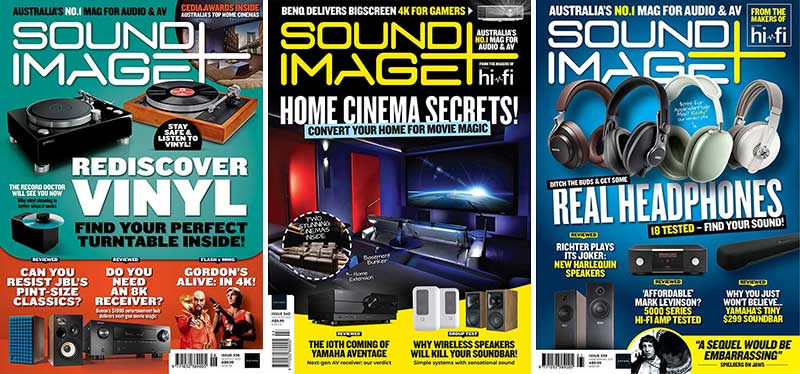
This review originally appeared in Sound+Image magazine, one of What Hi-Fi?’s Australian sister publications. Click here for more information on Sound+Image, including digital editions and details on how you can subscribe.
The element of the Element i which first attracted us was its headphone socket. This little mini component can, like any streamer, deliver an analogue output from its rear sockets to an existing audio system, here via a choice of unbalanced RCA outputs or balanced XLR.
But you can also switch its output to the headphone socket and then listen privately. With the Element i being able both to stream from Tidal and be addressed by Roon’s software, how great would it be, we thought, to use this as a streaming headphone amplifier, small enough to sit conveniently near a sofa or study desk, controlled by app, delivering a world of private tunes, wirelessly.
The unit itself is small, friendly and neat at just 24cm wide and a mere 45mm high (plus feet plus Wi-Fi antenna if employed), with a clean-looking blue LED (possibly OLED) screen 7cm wide showing both the current source and, graphically on the right, the selected output.
There are two small press studs on the front panel, one invoking menus and a second to cancel them; this can also be set to a custom function, such as switching inputs, outputs or filters, or displaying information.
Finally there’s a turn-or-press knob on the right. We’ve become used to such pressable knobs usually offering menus when pressed; here it just turns the unit off. But once inside the menus you can indeed use the knob to shuttle through options.

The Element i is not only a streamer, but also a useful digital preamplifier, with inputs at the rear – one optical, one coaxial, two USB-A slots for sticks or drives (and providing up to 500mA of power), a USB-B connection for playing direct from computer, and an HDMI socket for I2S data, should you have a device offering this low-jitter connection, and which proves compatible.
Networking is via hard-wired Ethernet or Wi-Fi, the latter using a short vertical antenna. We used Wi-Fi throughout, leaving us able to move the little Element i around the home for headphone listening wherever we pleased.
The latest hi-fi, home cinema and tech news, reviews, buying advice and deals, direct to your inbox.
There’s a sleek little remote control provided (never to be sneezed at, given many come without) though its nine buttons are all the same size and unprioritised, with the ‘Filter’ button bottom left, where volume might be better positioned, and no transport controls either here or on the unit itself. If you want to stop the music rather than mute, you’ll need to open an app.
That might be any app if you’re using an Apple device, as you can stream direct to the Matrix using AirPlay, which is supported. The lack of Bluetooth, however, leaves Android users less well supported. The Matrix can be addressed via DLNA, but only using third-party apps, which complicates the procedure. As the manual states in its underproofed English, “The experience of using element i with an Android device is due to the compatibility of music APPS, not all the Android devices or music APPS have DLNA function.”
The Matrix also has its own app, ‘MA Remote’, which in its starting state we have to describe as pretty pedestrian, an engineer’s idea of an app, lacking any attention to the visual arts – as a scrolling internet page of text might be compared to the presentation of a designed print magazine, you might say.
It’ll connect you and get you to the required settings, but it’s all black and grey text on grey and white, entirely sans pizzazz, though a useful dark mode reduces the blazing light level for night-time usage, and there’s also a neat ‘virtual remote control’ which pops up on the right of the screen when required.
The app’s settings section is fairly strong on technical configuration, including switching the outputs between fixed (into a preamp with its own volume control) or variable (when you want local control), as well as offering a choice of seven filter shapes to play with, a variable low-pass filter for DSD, binary jitter and dither options, auto-sleep after five minutes (or not), and more.
The app is less profusive on music access, offering just three services under its ‘streaming’ menu (including Qobuz, just launching in Australia), and these services are hidden in a left-hand sidebar which is by no means obvious.
The first choice is vTuner internet radio, which is labelled as a ‘beta’ offering, and certainly had issues, including slow refresh when scrolling through long lists, and crucially a search facility which crashed the app whenever more than one word was entered, leaving you with only search by genre – or by country, but then genre again. It’s hard to find anything specific other than by careful use of one-word searches.
The second available service is Tidal, which displays well enough within the MA Remote app, though not with the full versatility of Tidal’s native app, or Roon.
As for Roon, the Matrix was originally described as merely Roon compatible, but it is now fully certified and showed as properly Roon Ready. It ran flawlessly from Roon in all our listening. This very much fulfilled our dream of a neat little Roon zone playing music via headphones or out into a main system, and of course the Roon app is the very antithesis of the Matrix’s own bare fare, putting the music back at the centre of the experience.
There’s a whole app section called Library, or ‘MA player’ as it’s sometimes named by Matrix, and appears thus on the front-panel display. This Library section populates impressively quickly when you plug in a stick or drive. This area can also list music from SMB network shares, though you’ll need Google to find out how to set this up, as it’s not in the manual.
[In brief: go to Library, swipe all the way to the hidden ‘Files’ option and enter your SMB share path and passwords... and if that means nothing to you, we wish you luck; enlist your dealer’s assurance of help prior to purchase.]
But the Library did populate nicely, quickly and attractively from a limited number of files on a USB stick, showing artwork where available; we ticked the option to get missing artwork from the web, but this never seemed to happen.
Furthermore, if you connect to multiple sources it combines them all into one library, though duplicate files are shown. To browse by folder, go back to the ‘Files’ option, or try one of the other ordering options, which include a never-before-seen ‘Ages’ (it turns out they mean ‘Years’). Artists are listed alphabetically, but curiously not alphabetically within each letter.
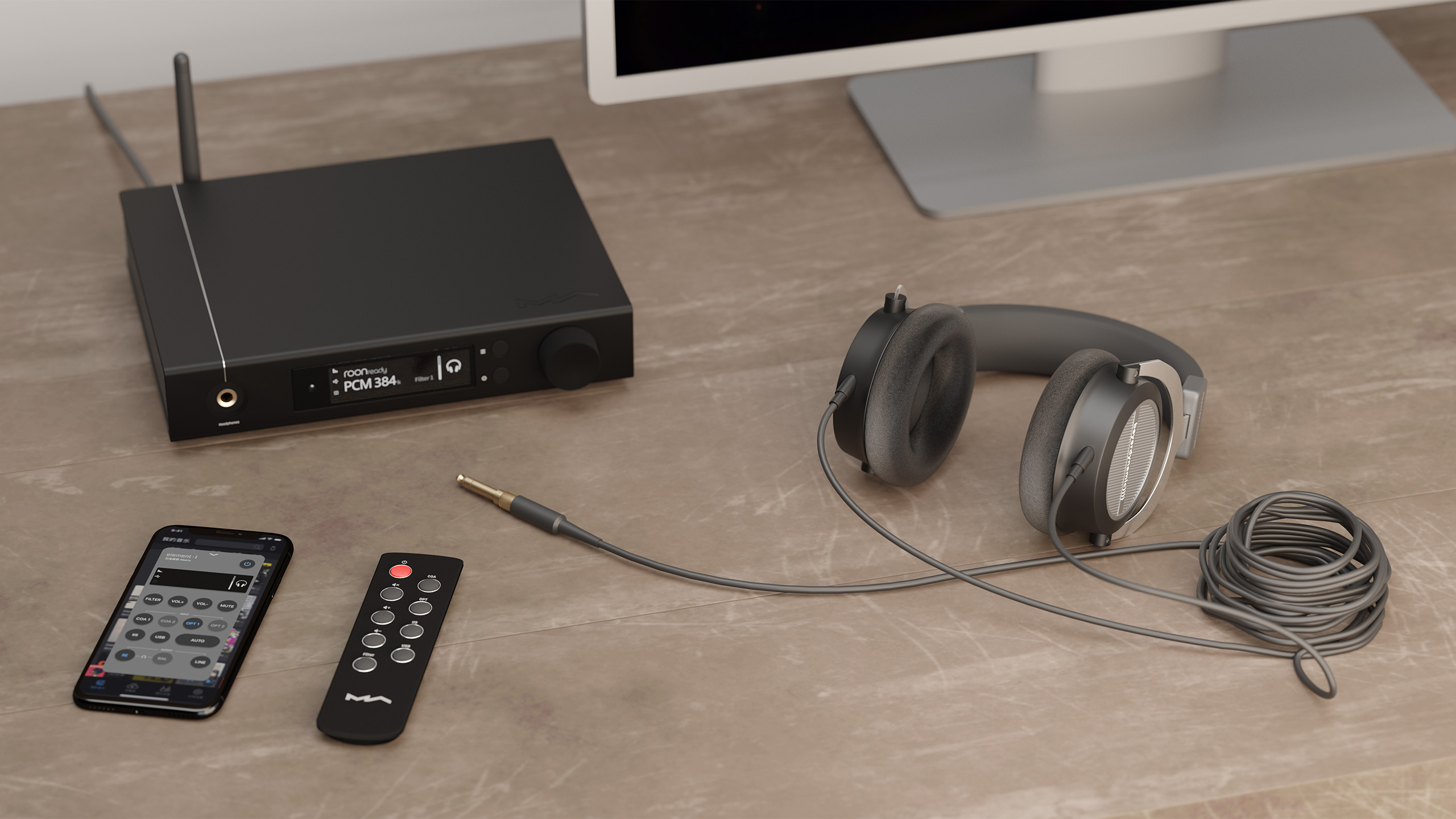
More importantly, the music flowed up to our very highest resolutions, whether John Gorka at 32-bit/96kHz or even a 24-bit/352.8kHz file racing through at a bit-rate in the upper tens of thousands of kbps. (Via the I2S input it’ll go to 32-bit/768kHz.) DSD is no problem here either, to DSD256 ‘native’ or 128 DoP.
MQA files play, but with no decoder they don’t unfold to their purported higher quality. (You could use Tidal desktop and play Masters through from your computer with one level of unfolding, if you have the HIFI-level Tidal subscription.) Apple ‘dot’ files were neatly tidied away.
Overall what attracts us most to the Matrix Element i is its audio quality at the price. The headphone output has an impedance which assures linear playback for even difficult headphones, and drove everything from vintage AKGs to Sennheiser HD 700s and a pair of visiting Final Audio open planar magnetics with effortless control and an even musical hand.
This continues through to its main outputs (noting only that you can’t play to the outputs and headphones simultaneously), delivering a fixed line-level output entirely free of any audible noise; indeed the quoted noise and crosstalk figures are vanishingly low. More importantly the music is presented without artifice – clean, balanced and dynamic, and most definitely musical, across all genres.
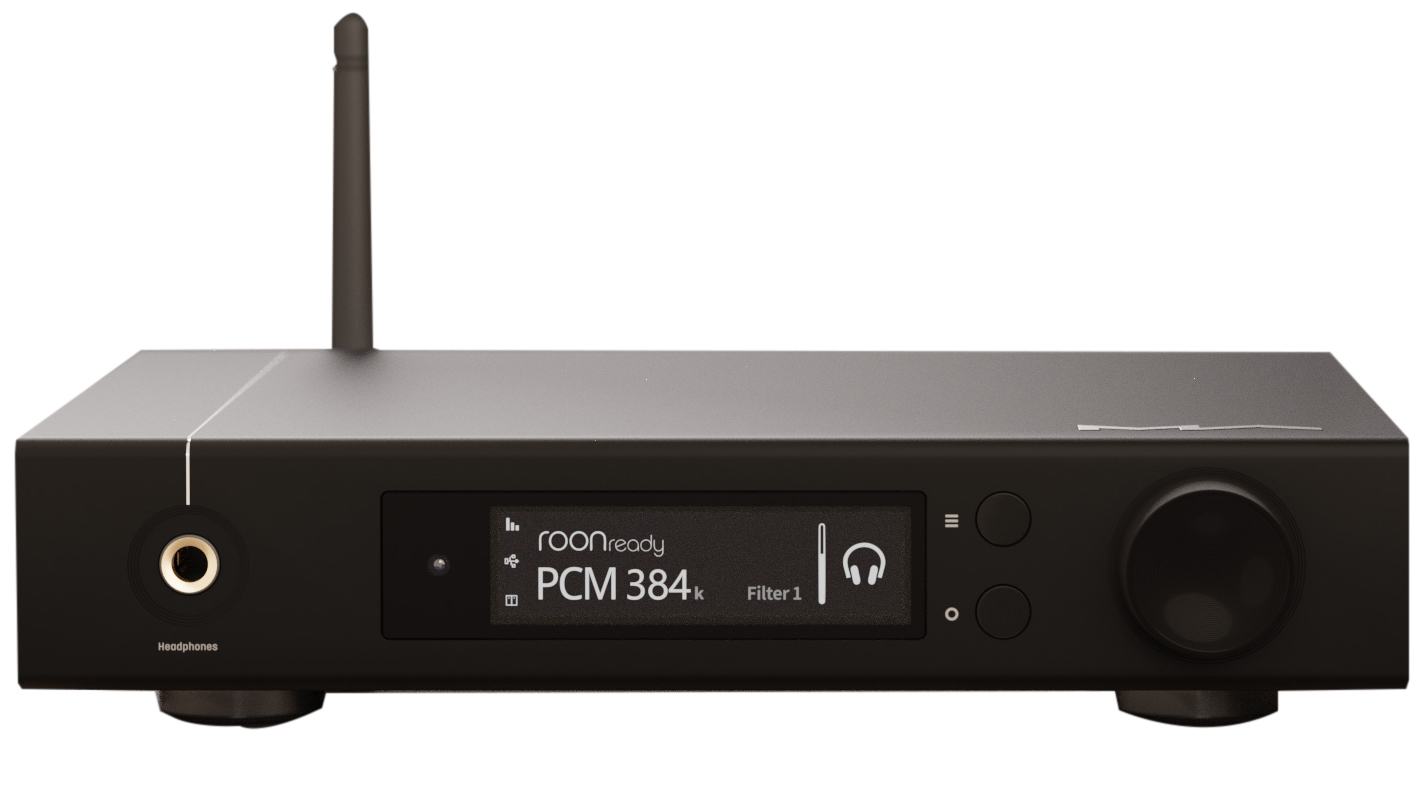
Final verdict
Matrix Audio, which is based in Xian, China, has higher level units available; indeed this is the entry-level unit of its type, with higher models offering better conversion, further headphone outputs, superior displays and more inputs, including microSD card.
We’d assume the app and music service access remain common across the range, and while these are undoubted shortcomings compared to more mainstream streamers, the audio quality delivered by the Element i is excellent at its price, and if you’re already paying for Roon, it creates a marvellously neat endpoint under Roon control, playing beautifully to headphones, or into a larger system.
Sound+Image is Australia's no.1 mag for audio & AV – sister magazine to Australian Hi-Fi and to the UK's What Hi-Fi?, and bestower of the annual Sound+Image Awards, which since 1989 have recognised the year's best hi-fi and home cinema products and installations. While Sound+Image lives here online as part of our group, our true nature is best revealed in the print magazines and digital issues, which curate unique collections of content each issue under the Editorship of Jez Ford, in a celebration of the joys that real hi-fi and high-quality AV can bring. Enjoy essential reviews of the most exciting new gear, features on Australia's best home cinemas, advice on how to find your sound, and our full Buying Guide based on all our current and past award-winners, all wrapped up with the latest news and editorial ponderings. Click here for more information about Sound+Image, including links to buy individual digital editions and details on how best to subscribe.
